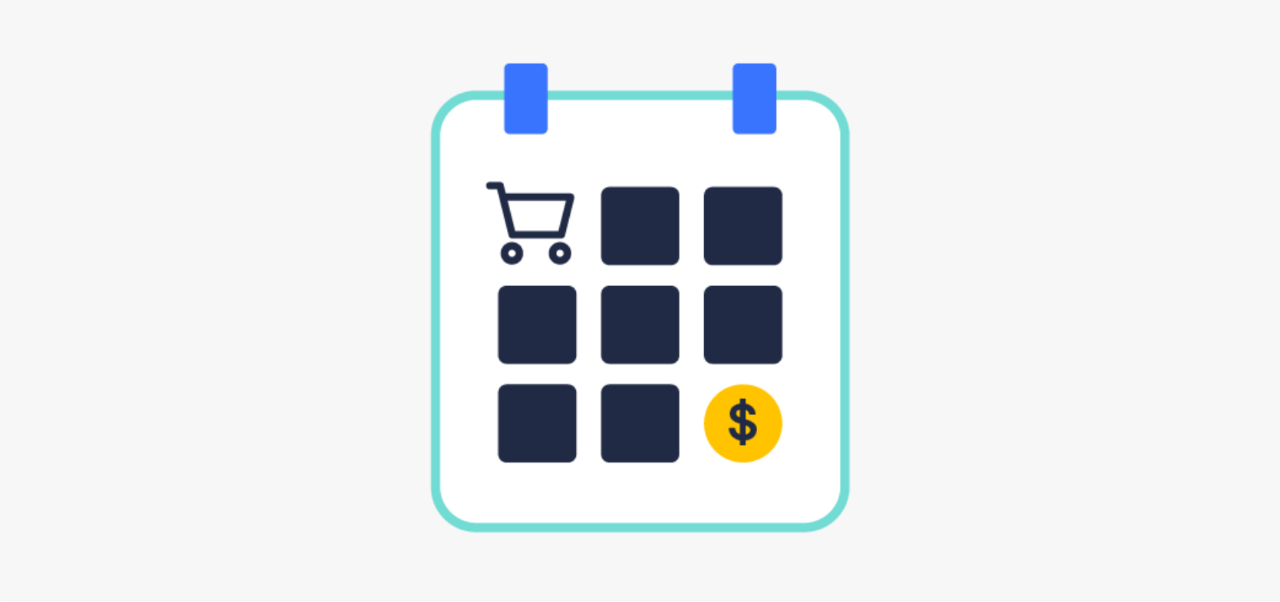Customers want to pay where they want, how they want, and when they want. Their physical and digital preferences are making payments the central influence on retail trends.
And the business that doesn’t evolve to keep up with its customers’ preferences risks falling behind its competitors. Here are six of the most prominent trends redefining retail.
1. Redefining loyalty

Customers expect to be recognized, remembered, and valued. With the end of third-party cookie support, businesses seek new ways to deliver personalized experiences and create increasingly important brand loyalty1.
Payments can, and are, filling this gap for businesses through tokenization.
Whether sales are online or in store, tokenization turns sensitive payment data like card details into a unique token that cannot be reversed. It reduces friction, makes payment experiences secure and easy, and can offer other benefits such as lifecycle management to automatically update payment data and enable a comprehensive view of your customers' buying behaviors across all channels and card types2. It can also empower you to shape personalization via advertising, discount, and payment options. This ultimately makes for a seamless customer experience across all channels and builds loyalty by putting the customer first.
2. Redefining direct-to-consumer

While 74% percent of consumers say the last retailer they shopped with accepted their preferred payment methods, only 45% of retailers offered those methods3. Clearly, customers choose to spend where their preferred payment methods are accepted3.
So in local markets and particularly when businesses look to expand internationally or globally, payment method acceptance is key to retailer success.
For businesses desiring to expand their international and global footprint, offering customers their preferred payment experience through a payment gateway is the best approach. Opting for a single multi-provider solution provides an effective, secure, and reliable way to process payments, online and in store, in multiple currencies4. Exactly what customers are looking for, wherever they are in the world.
3. Redefining how we shop

In 2022, 34.3% of shoppers used their smartphones in store to enhance their shopping experience4. And things are changing elsewhere, too, thanks to live commerce via social media and themed online events. Offering customers the option to make purchases anytime, anywhere, using any device can help retailers stay ahead of the shopping curve1.
A unified, cross-channel payment solution can be the way to your customers’ hearts, wherever and however they choose to shop.
With the lines between digital and physical shopping now blurring, retailers need to engage, retain, and enable customers to shop using their payment method of choice across a variety of platforms3. The ideal solution works within a range of integration methods to reduce friction while providing customers with multiple options for secure digital payment5. A smoother purchase process can also improve customers’ overall experience of your brand.
4. Redefining ways to pay

With a wealth of payment methods on offer, including mobile apps, digital wallets, cards, Buy Now Pay Later, cash on delivery, and online bank transfers—given the choice, shoppers may select retailers based on the methods they accept.
Expanding your payment methods offering is crucial to engaging and retaining customers3.
Selecting the right payments partner is important to keep pace with this growth in demand for flexible payments1. Consistent and predictable payment options such as subscriptions and installments provide flexibility for your customers while helping you streamline subscriptions management, drive sustainable growth, and minimize churn1. They can also help you establish predictable revenue and provide customers with a better, smoother, payment experience—ultimately gaining customers’ loyalty and boosting the value of your brand.
5. Redefining frictionless experiences

When credit card authorizations fail—and currently 5-10% do5, mainly due to incorrect account information or expiration—it causes frustration for both retailer and customer.
Good data can reduce the likelihood of failures, so keeping customers’ key payment information up to date is essential.
Constantly updating payment information stored in customers’ digital profiles makes their checkout experience quick, easy, and reduces payment failures. This, in turn, helps avoid lost sales, frustrated customers, and costly manual updates. The process is simple: as changes, updates, or card renewals occur, the data stored on file should automatically update so you can reduce payment failure and therefore friction. A more reliable payments process can gain your customers’ long-term trust.
6. Redefining payment security

Where retailers create new ways to pay and open up new channels, fraudsters closely follow. Fraud is one of the biggest threats to businesses of any size6, with fraudsters finding new ways to defraud retailers and customers alike.
A strong security strategy will help you focus on reducing costs and improving customer experience while capturing more revenue7.
A trusted, effective, and customizable solution that screens payments is essential to helping your business improve authorization rates, lower review rates, and boost your bottom line. When your business accepts more genuine payments, customers can quickly make purchases without friction. A robust fraud-screening solution can help you securely optimize revenue and improve customer trust so you can expand your business into new markets and open new channels with peace of mind while offering great experiences for your customers7.
Get ahead of the competition
Read our Redefining Retail Report to find out more about how the retail landscape is changing.
1 Redefining Retail Report 2022
2 Payment Tokenization, Cybersource.com, www.cybersource.com/en-us/solutions/payment-acceptance/token-management-service.html
3 PYMNTS & Cybersource, The 2022 Global Digital Shopping Index
4 Payment Gateway, Cybersource.com, https://www.cybersource.com/en-us/solutions/payment-acceptance/payment-gateway.html
5 “Assessment of Recurring Billing Failures,” 2013, and Spreedly, “Credit Card vs Debit Card Decline Rates: Are Credit Cards Worth the Processing Fees?” May 18, 2017, https://blog.spreedly.com/2017/05/18/credit-card-vs-debit-card-decline-rates-processing-fees/
6 Allianz Global Corporate Speciality, Statista graph, www.weforum.org/agenda/2022/01/biggest-business-risks-2022/
7 Decision Manager, Cybersource.com, www.cybersource.com/en-us/solutions/fraud-and-risk-management/decision-manager.html

